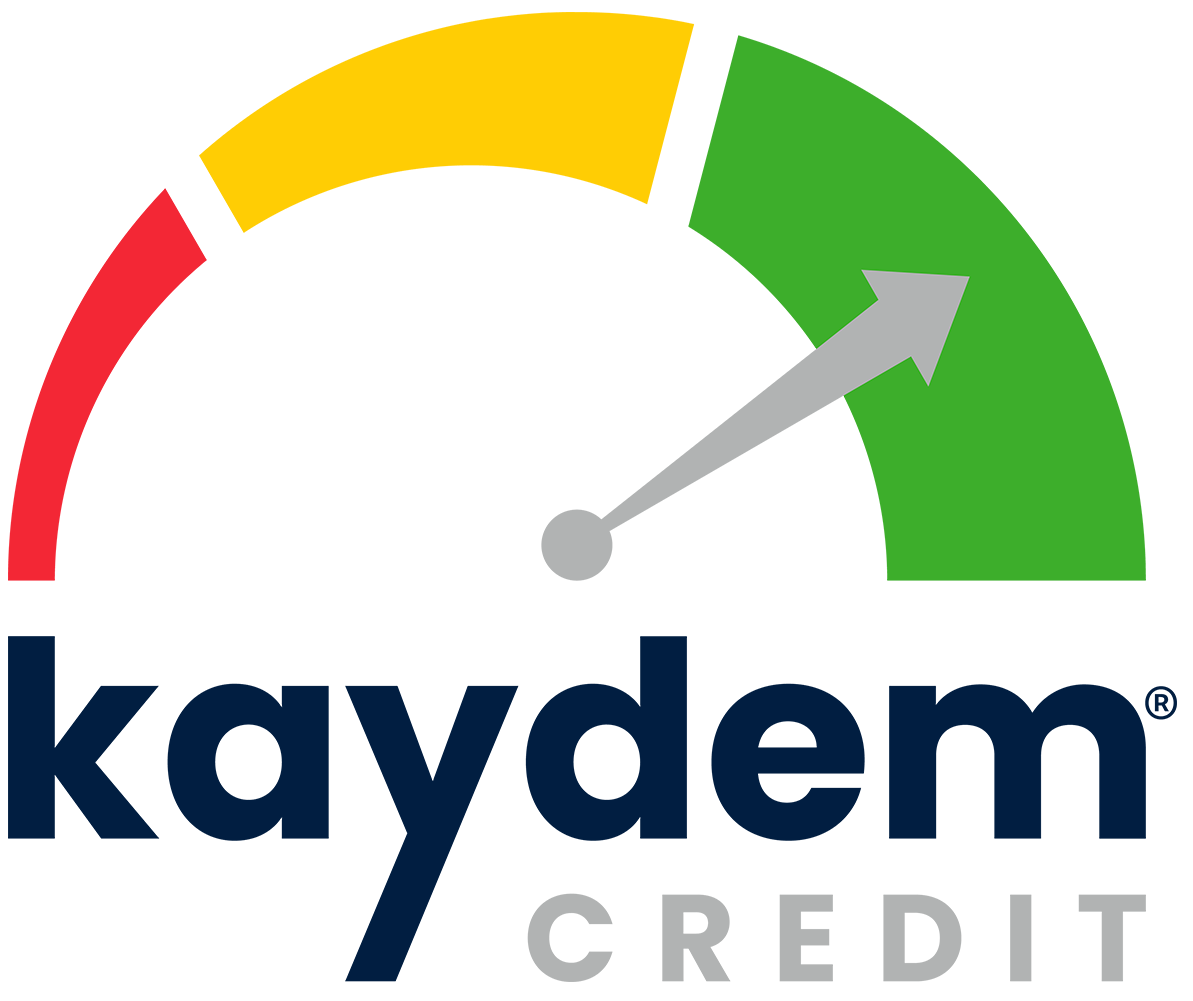Dreaming of owning your first home but are overwhelmed by the complexities of mortgages? You’re not alone. For many first-time homebuyers, navigating the myriad mortgage options can be daunting. Fear not! This comprehensive guide will introduce you to five different types of mortgages that could pave the way to homeownership.
Choosing the right mortgage is crucial in your journey to becoming a homeowner. It’s not just about getting approved; it’s about finding a loan that fits your financial situation and future goals. Whether you’re looking for lower monthly payments, flexible terms, or options for less-than-perfect credit, there’s likely a mortgage out there that’s right for you.
What is a Mortgage?
Before we dive into the specifics of each mortgage type, let’s start with the basics. What exactly is a mortgage? Simply put, a mortgage is a loan used to purchase a home. It consists of several key components:
The principal is the amount you borrow to buy the home. This is the purchase price minus your down payment.
Interest is the cost of borrowing money, expressed as a percentage of the loan amount. It’s what the lender charges you for providing the loan.
The loan term is the length of time you have to repay the mortgage, typically 15 or 30 years.
5 Types of Mortgages to Buy Your Home
Now that we’ve covered the fundamentals, let’s explore five types of mortgages that could help you achieve your dream of homeownership.
Conventional Mortgages
Conventional mortgages are the most common type of home loan. These mortgages are not insured or guaranteed by any government entity, which sets them apart from other options we’ll discuss later.
One of the main advantages of conventional mortgages is their flexibility. Lenders can offer a variety of terms and conditions to suit different borrowers’ needs. This flexibility extends to loan amounts, down payment requirements, and repayment terms.
For borrowers with good credit scores, conventional mortgages often come with lower interest rates than other loan types, which can translate to significant savings over the life of your loan.
However, conventional mortgages typically require a higher down payment than government-backed loans. While it’s possible to get a conventional mortgage with as little as 3% down, many lenders prefer to see at least 5-20% of the home’s purchase price as a down payment.
Conventional mortgages are best suited for buyers with strong credit scores, typically 620 or higher. They’re also a good fit for those who can afford a larger down payment, as this can help you avoid paying for private mortgage insurance (PMI).
If you’re considering a conventional mortgage, shop to compare offers from different lenders. Rates and terms can vary significantly, so taking the time to research your options can lead to substantial savings.
Conforming Mortgages
Conforming mortgages are a subset of conventional mortgages that meet specific criteria set by Fannie Mae and Freddie Mac, two government-sponsored enterprises that buy and sell mortgage-backed securities.
The main characteristic of conforming mortgages is that they adhere to loan limits set by the Federal Housing Finance Agency (FHFA). These limits vary by location and are adjusted annually to reflect changes in home prices.
One of the key benefits of conforming mortgages is that they often come with competitive interest rates. Because these loans meet standardized criteria, they’re considered less risky for lenders, which can result in better terms for borrowers.
Another advantage is the potential for easier qualification. Since conforming mortgages follow established guidelines, the approval process can be more straightforward than non-conforming loans.
However, the loan amount restrictions based on geographic area can be a limitation for some buyers, especially in high-cost housing markets. If you need to borrow more than the conforming loan limit in your area, you’ll need to look at other options, such as jumbo loans.
Conforming mortgages are an excellent choice for buyers purchasing homes within the conforming loan limits for their area. They’re also well-suited for those who appreciate predictable terms and conditions in their mortgage agreement.
Government-Backed Mortgages
Government-backed mortgages are loans insured or guaranteed by the federal government. The three main types are FHA loans, VA loans, and USDA loans, each designed to serve specific groups of homebuyers.
FHA loans, backed by the Federal Housing Administration, are popular among first-time homebuyers and those with less-than-perfect credit. These loans offer down payments as low as 3.5% and have more lenient credit requirements compared to conventional mortgages.
VA loans, guaranteed by the Department of Veterans Affairs, are available to veterans, active-duty service members, and eligible surviving spouses. These loans often require no down payment and have competitive interest rates.
USDA loans, backed by the U.S. Department of Agriculture, are designed for rural and some suburban homebuyers. They offer low or no down payment options and flexible credit requirements.
One of the main advantages of government-backed mortgages is their accessibility. They often have lower down payment requirements and more forgiving credit standards, making homeownership possible for many who might not qualify for conventional loans.
However, these loans typically come with additional costs. FHA loans require mortgage insurance premiums, while VA loans have a funding fee. These fees can increase the overall cost of the loan over time.
Government-backed mortgages are particularly well-suited for first-time homebuyers, those with lower credit scores, veterans and active military personnel, and rural homebuyers. If you fall into one of these categories, exploring government-backed mortgage options could be a smart move.
Interest-Only Mortgages
Interest-only mortgages offer a unique payment structure that can be attractive to certain types of borrowers. With these loans, you have an initial period (typically 5-10 years) where you only pay interest on the loan. After this period, you begin paying both principal and interest.
The primary advantage of interest-only mortgages is the lower initial monthly payments. During the interest-only period, your payments are substantially lower than those of a traditional mortgage, which can free up funds for other investments or expenses.
Interest-only mortgages also offer flexibility, which can be beneficial for borrowers with fluctuating incomes. During good months, you can choose to pay extra towards the principal, while in leaner months, you can stick to the minimum interest-only payment.
However, these mortgages come with significant risks. Once the interest-only period ends, your payments will increase substantially as you begin paying down the principal. This can lead to payment shock if you’re not prepared.
Another drawback is that you build no equity in your home during the interest-only period unless your home’s value increases. This can put you at risk of owing more than your home is worth if property values decline.
Interest-only mortgages are best suited for sophisticated borrowers who understand the risks and have a clear financial strategy. They can be a good fit for buyers with fluctuating incomes, such as self-employed individuals or those who receive large bonuses.
These mortgages can also attract investors who plan to sell or refinance the property before the interest-only period ends. However, this strategy relies on rising property values, which is never guaranteed.
Jumbo Mortgages
Jumbo mortgages are loans that exceed the conforming loan limits set by the FHFA. These loans are designed for buyers looking to purchase high-value properties that require more financing than a conforming loan can provide.
The main advantage of jumbo mortgages is that they enable the purchase of luxury or high-priced homes in expensive real estate markets. Without jumbo loans, buyers would need to make much larger down payments or seek alternative financing options for these properties.
Jumbo mortgages often come with competitive interest rates, sometimes even lower than conforming loans. This is because the borrowers for these loans typically have strong financial profiles, making them attractive to lenders despite the larger loan amounts.
However, qualifying for a jumbo mortgage is typically more challenging than for a conforming loan. Lenders often require higher credit scores, lower debt-to-income ratios, and more substantial cash reserves. Down payment requirements are also usually higher, often 20% or more of the home’s purchase price. Another potential drawback is that jumbo mortgages can be more difficult to refinance in the future due to their size and the limited number of lenders offering these loans.
Jumbo mortgages best suit buyers purchasing luxury or high-priced homes in expensive real estate markets. They’re also a good fit for those with strong financial profiles, including high credit scores, substantial assets, and significant income.
If you’re contemplating a jumbo mortgage, it’s essential to explore and compare offers from various lenders. The terms and qualification requirements can vary significantly between lenders in the jumbo mortgage market.
Choosing Your Path to Homeownership
As we’ve explored, several types of mortgages are available to help you achieve your dream of homeownership. From conventional and conforming loans to government-backed options, interest-only mortgages, and jumbo loans, each type offers its benefits and considerations. The secret to securing the ideal mortgage lies in thoroughly assessing your financial circumstances and long-term objectives, and doing your due diligence. Consider factors such as your credit score, income stability, down payment savings, and the type of property you want to purchase.
Buying a home is likely one of the biggest financial decisions you’ll ever make. By understanding your mortgage options and choosing the one that best aligns with your needs and goals, you’re setting yourself up for long-term financial success and the joy of homeownership. So, take a deep breath, arm yourself with knowledge, and step confidently into the world of homeownership. Your perfect mortgage – and your dream home – are out there waiting for you!







